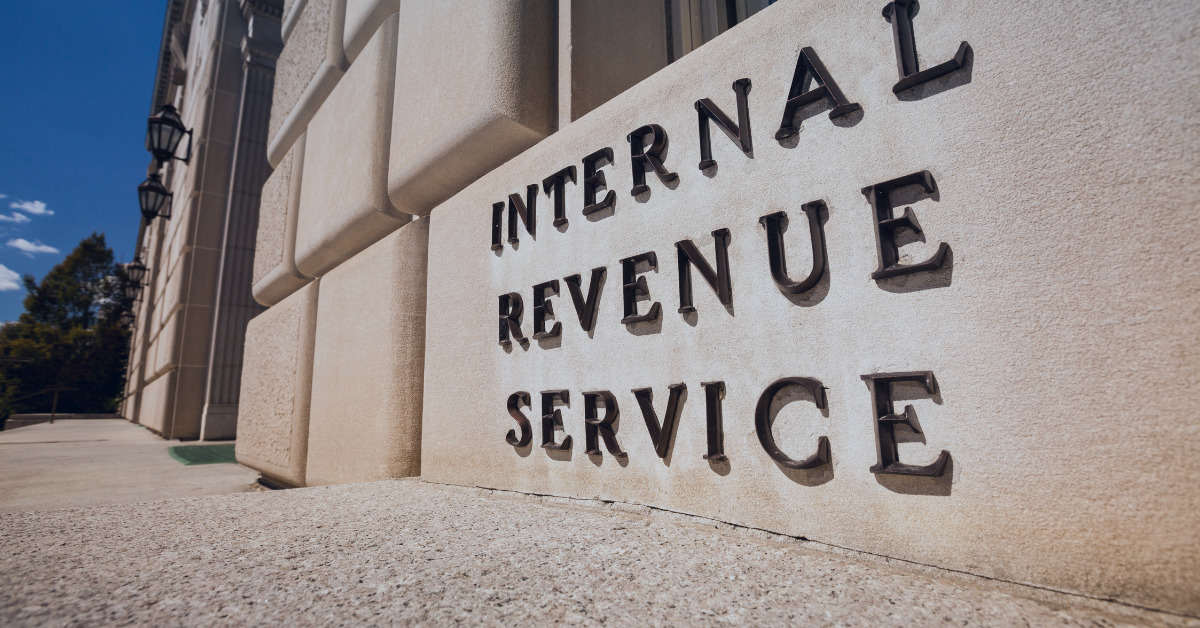Beginning in January 2023, U.S. taxpayers have the green light to leverage many of the tax benefits of the Inflation Reduction Act of 2022 (IRA), which was enacted in August 2022. One of the IRA’s more impactful features — the ability to transfer renewable energy tax credits — is expected to spur clean energy investment in the United States. It is also expected to provide significant tax savings for U.S. taxpayers participating in the new market-like system.
This article provides an introduction to renewable energy tax credits and highlights several key factors that buyers and sellers of these credits should consider. Because of the complexity of this emerging area, taxpayers should consult with their tax advisors before engaging in any related transactions.
Renewable Energy Tax Credits: How Did We Get Here?
Prior to the enactment of the IRA, federal renewable energy tax credit utilization was limited because the sale or transfer of such credits was prohibited. In most cases, developers of large-scale renewable energy projects did not have sufficient tax liability in the short term to utilize federal renewable energy tax credits. As a result, tax equity partnerships became the primary method to extract value from the tax credits generated by these projects.
In tax equity partnerships, a partner with sufficient tax liability would contribute capital to a project and be allocated most of the tax benefits for a certain period. These transactions are complex and often involve a significant amount of legal, advisory and accounting expertise. Tax equity financing remains a valuable tool for project finance, but the new credit monetization options in the IRA provide developers and business owners with additional possibilities.
With the passage of the IRA, certain renewable energy tax credits can now be transferred (sold) by those generating eligible credits to any qualified buyer seeking to purchase tax credits. Through credit transfers, taxpayers have the option to sell credits in exchange for cash as part of their overall renewable energy goals. For certain credits, such as energy storage and solar credits under Internal Revenue Code Section 48, credit transfers in exchange for cash also present an opportunity to simplify project structuring.
The IRA created two new monetization options for certain tax credits: direct pay for tax-exempt entities and credit transfers for traditional taxable entities. Direct pay represents a 100% cash refund in lieu of tax credits. Alternatively, credit transfers create a market-like system intended to bring credit generators and credit purchasers together.
Under the market-like approach, some credit transfer requirements must be kept in mind:
- Credits must be exchanged for cash with an unrelated party
- Cash consideration received by the seller is treated as tax-exempt income
- Cash consideration paid by the buyer is nondeductible
- Credits are limited to a single transfer; a transferee may not resell
Focus Areas for Buyers and Sellers of Renewable Energy Tax Credits
Considerations for Buyers
For credit buyers, the IRA’s credit transfer provisions create an opportunity to purchase renewable tax credits at a discount. For example, at a market price of $0.92 per $1.00 of credit, a taxpayer could purchase $100 million of tax credits for $92 million — and therefore save $8 million, assuming the credits were immediately used to offset taxes. Meanwhile, the sale proceeds improve the economics of clean energy development, potentially supporting the taxpayer’s environmental goals.
Buyers should consult with their tax advisors and perform a due diligence review to confirm that the underlying merits of the credits meet their advertised value. A buyer that purchases what it believes is a 30% investment tax credit, for example, should ensure that the prevailing wage and apprenticeship requirements are satisfied. Otherwise, the buyer risks finding out that the purchased credit is worth less than expected.
Buyers also must be cognizant of who will take on the risk of credit recapture or disallowance if the credit does not meet the necessary requirements. As the direct transfer market develops, buyers may seek indemnity clauses or tax credit insurance as part of the credit transfer agreement.
Considerations for Sellers
Project owners without significant tax liability must decide whether to monetize credits under the new direct transfer rules or use a traditional tax equity structure. Businesses must weigh both options to determine the best path forward for the business and the project.
While the credit transfer market is still developing, projects that provide thorough documentation to substantiate the advertised credit value may earn higher rates from buyers.
Price Discovery
There are multiple variables that buyers and sellers will want to consider in determining the appropriate price of a transferred credit. These factors include:
- The credit type and the underlying technology represented
- The value of the credit being transferred
- The possible inclusion of tax credit indemnity or tax credit insurance
- The project’s location
Transfer Process
For those in the market seeking to sell or purchase credits, early conversations with a trusted tax advisor and legal counsel are beneficial to ensure possible concerns have been addressed.
Before a transfer, sellers must make an irrevocable one-time tax election in the year the credit is generated. Elections must be made by the extended due date of the applicable tax return. It is important to note that the election occurs at the entity level. With the election at the entity level, partnerships or S Corporations must be cognizant of their shareholders’ tax position in deciding whether credits should be sold.
As an added benefit to buyers, any unused credits may be carried back three years or forward 22 years.
Exhibit 1: Clean Energy Tax Credits in the IRA

What’s Next for Renewable Energy Tax Credits?
We expect many taxpayers and clean energy developers to benefit from the IRA provisions enabling the transfer of renewable energy tax credits. In conjunction with the projected increase in clean energy investment in the U.S., a robust credit market will likely develop as well. Despite these advances, it is important to remember that these tax credits are complex and require thorough due diligence and appropriate professional counsel.
Written by Gabe Rubio, Courtney Sandifer and Drew Norris. Copyright © 2023 BDO USA, LLP. All rights reserved. www.bdo.com






